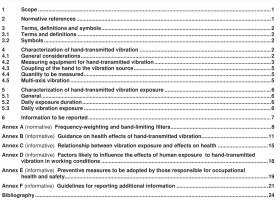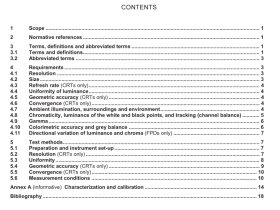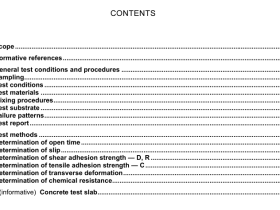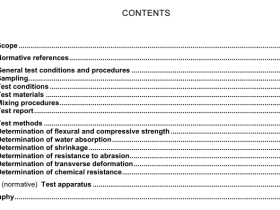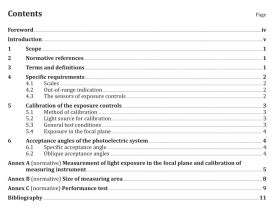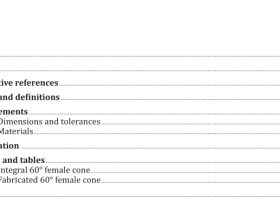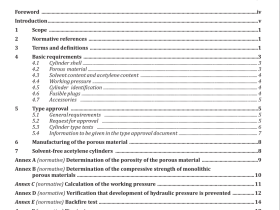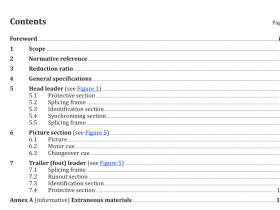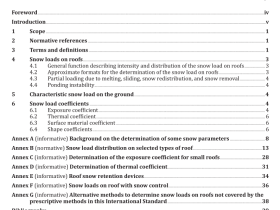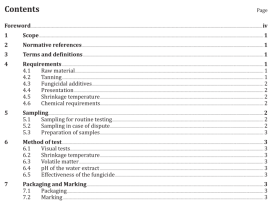BS ISO 15850 pdf download
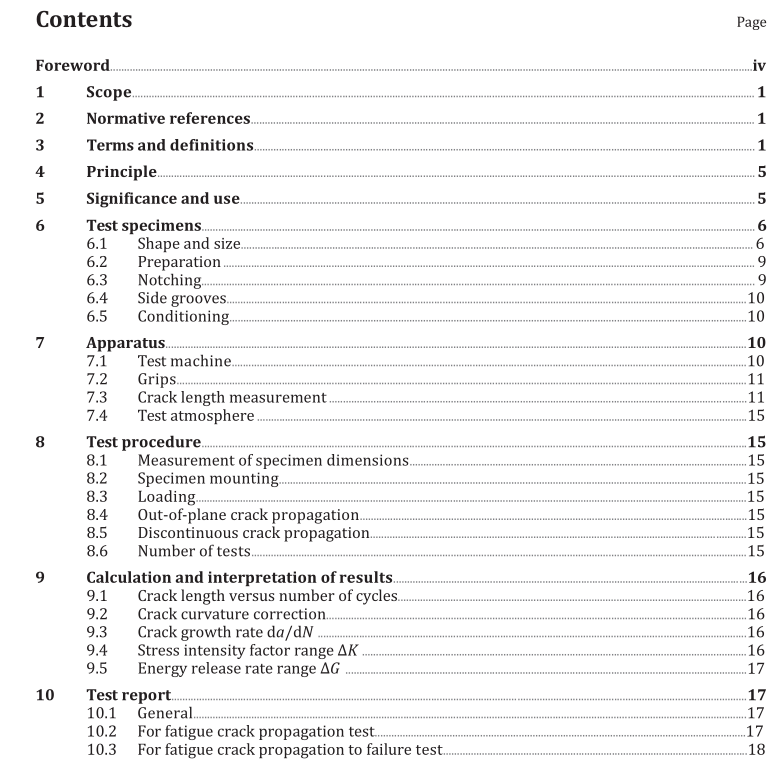
BS ISO 15850 pdf download Plastics — Determination of tension-tension fatigue crack propagation — Linear elastic fracture mechanics (LEFM) approach
Scope
This International Standard specifies a method for measuring the propagation of a crack in a notchedspecimen subjected to acyclic tensile load varying between a constant positive minimum and aconstantpositive maximum value. The test results include the crack length as a function of the number of loadcycles and the crack length increase rate as a function of the stress intensity factor and energy releaserate at the crack tip. The possible occurrence of discontinuities in crack propagation is detected andreported.
The test can be also used for the purpose of determining the resistance to crack propagation failure. Inthis case, the results can be presented in the form of number of cycles to failure or total time taken tocause crack propagation failure versus the stress intensity factor (see Annex A).
The method is suitable for use with the following range of materials:
rigid and semi-rigid thermoplastic moulding and extrusion materials (including filled and short-fibre-reinforced compounds) plus rigid and semi-rigid thermoplastic sheets:
rigidandsemi-rigidthermosettingmaterials(includingfilledandshort-fibre-reinforcedcompoundsplus rigid and semi-rigid thermosetting sheets.
2 Normative references
The following documents, in whole or in part, are normatively referenced in this document and areindispensable for its application, For dated references, only the edition cited applies. For undatedreferences, the latest edition of the referenced document (including any amendments) applies
ISO 291, Plastics – Standard atmospheres for conditioning and testingISO 527 (all parts), Plastics – Determination oftensile propertiesISO 2818, Plastics – Preparation oftest specimens by machining
3 Terms and definitions
For the purposes of this document, the following terms and definitions apply.
31
cycle
smallest segment ofa load-time or stress-time function which is repeated periodically
Note 1 to entry: The terms fatigue cycle, load cycle, and stress cycle are also commonly used.
3.2number of cycles completedN
number ofload cycles since the beginning of a test
3.3
waveform
shape of the load-time curve within a single cycle
3.4
maximum load
P max
highest value of the load during a cycle
Note 1 to entry: It is expressed in newtons.
Note 2 to entry: Only positive, i.e. tensile, loads are used in this test method.
3.5
minimum load
P min
lowest value of the load during a cycle
Note 1 to entry: It is expressed in newtons.
Note 2 to entry: Only positive, i.e. tensile, loads are used in this test method.
3.6
load range
ΔP
difference between the maximum and the minimum loads in one cycle, given by:
ΔP = P max − P min
3.7
load ratio
stress ratio
R
ratio of the minimum to the maximum load in one cycle, i.e.:
